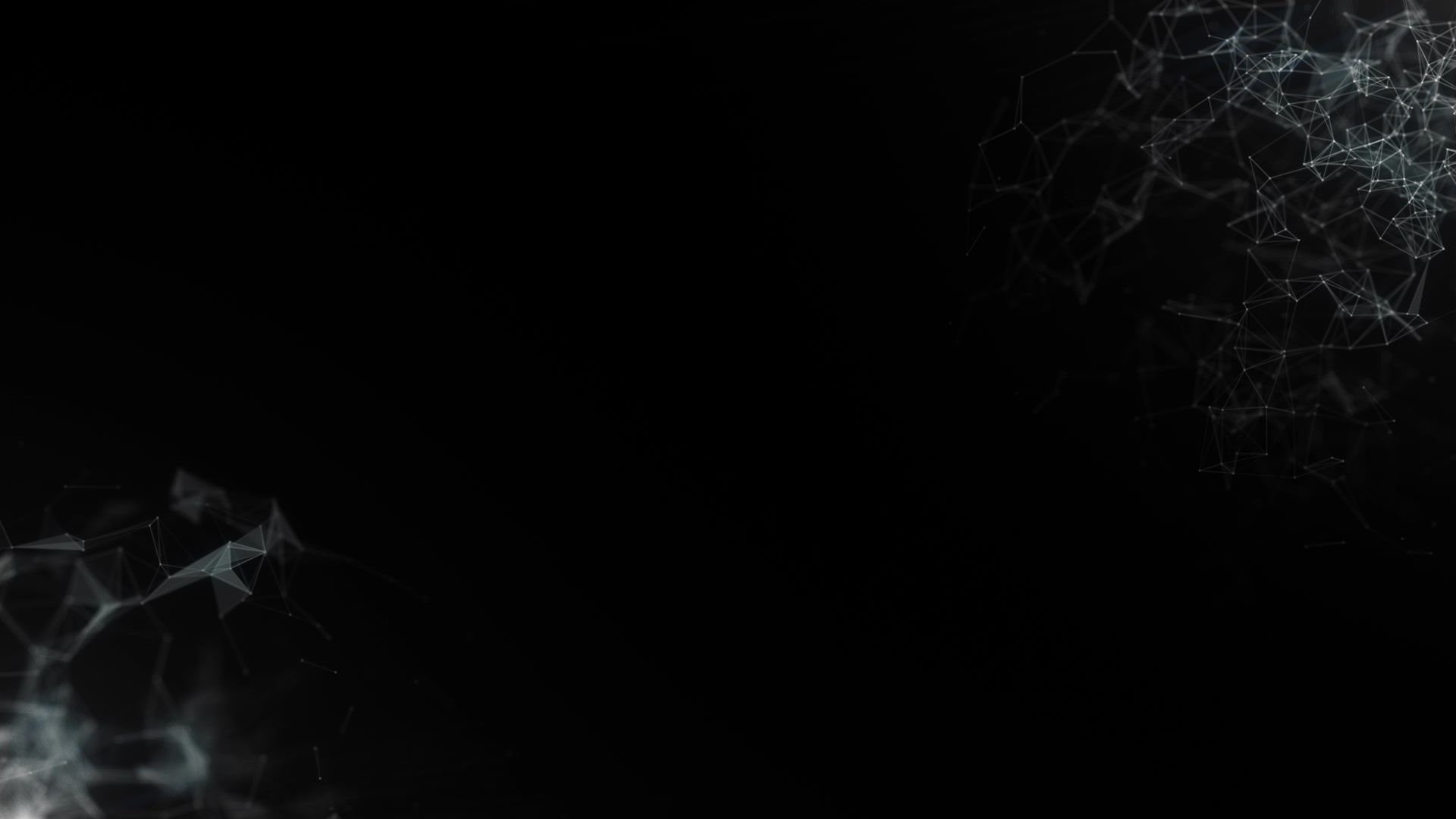Part 2: The Observatory is Born — Foundations and Structure (August 21–29, 2025)
- Alberto Pisabarro

- 1 day ago
- 2 min read
After leaving the land completely cleared and leveled, the most exciting moment of the project arrived: starting to build. After so many days of demolition and debris removal, I was finally going to see how my future astronomical observatory was beginning to rise on the same ground that once stood on the old family stable.
Foundations and central column
Between August 21 and 22, 2025, I worked on moving and organizing all the blockwork needed to build the walls. It was physically demanding work, but absolutely necessary to make good progress.
August 23rd marked a key milestone: the laying of the ground foundation. That day, we laid the formwork, poured the concrete, and prepared the space for the central column, the heart of the observatory. This column is responsible for supporting the main telescope, so it had to be perfectly aligned, solid, and decoupled from the rest of the structure to avoid vibrations.
For this part, I enlisted the professional help of Jesús, a local builder who did an impeccable job laying the foundation and erecting the first courses of block. His experience was key to ensuring the building was perfectly level and aligned.
The access road: Beatriz's idea
Once the foundation was finished and the central column was in place, my wife, Beatriz, wanted to add her personal touch to the observatory's surroundings. She designed and built an access path that connects the house with the observatory entrance, using railway sleepers, also known as railway ties .
These pieces, made of iron beams and concrete blocks, blend perfectly into the terrain and provide a rustic and functional aesthetic. In addition to beautifying the complex, they facilitate access even on wet or rainy days, preventing the entrance from becoming muddy.
Raising walls and closing the structure
On August 26, I finished hauling the last of the necessary concrete blocks. And, between August 28 and 29, the observatory truly came into being: the walls were erected, the main door was installed, and the ventilation and cable passageways were defined.
During those two days, the place was completely transformed. From an empty, dusty space, I became a solid, clean, and well-proportioned building, just the right size to house all the astronomical equipment. It was a very special moment, especially when viewed through the time-lapse , where the radical change in the surroundings can be appreciated in just a few seconds.
Preparing the next step
With the walls finished, it was time to start planning the roof, which had to be sliding to allow for sky observation and protect the equipment during the day. I developed the design with my friend Iván Campo, with many hours of sketching, measurements, and testing to find the most practical and robust way to make it a reality.
In the next installment, I'll tell you how we built and assembled it by hand, piece by piece, combining wood, sandwich panels, and a good dose of ingenuity.
See you in the next installment



Comments